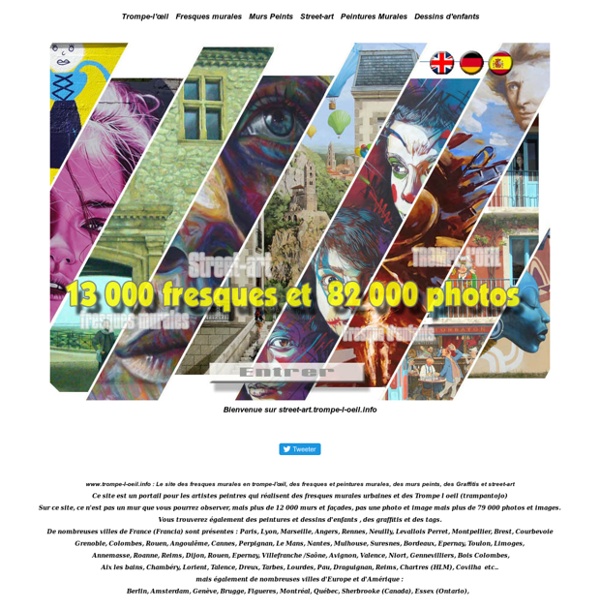



Trompe-l'œil Trompe-l'œil (French for deceive the eye, pronounced [tʁɔ̃p lœj]), which can also be spelled without the hyphen and ligature in English as trompe l'oeil,[1] is an art technique that uses realistic imagery to create the optical illusion that depicted objects exist in three dimensions. Forced perspective is a comparable illusion in architecture. History in painting[edit] Still life, Pompeii, c. 70 AD Though the phrase originates in the Baroque period, when it refers to perspectival illusionism, trompe-l'œil dates much further back. Perspective theories in the 17th century allowed a more fully integrated approach to architectural illusion, which when used by painters to "open up" the space of a wall or ceiling is known as quadratura. A fanciful form of architectural trompe-l'œil, quodlibet, features realistically rendered paintings of such items as paper-knives, playing-cards, ribbons, and scissors, apparently accidentally left lying around.[2] In other art forms[edit] Old Masters Contemporary
Le Glitch art ou l’art du Geek L’art évolue, il n’est pas stoïque. Depuis qu’on le nomme ainsi de nombreux courants ont été vecteurs d’autres ou au contraire sont nés en réponse ou en contradiction à certains. Le XXIe siècle est sans conteste celui de l’art numérique, terme global mais dont est issu le Glitch art. Glitch fait parti du jargon de l’informatique et signifie un défaut de fonctionnement qui s’est transformé dans les années 90 en véritable mouvement artistique grâce à des informaticiens ayant un certain goût pour l’art (un mouvement musical découlant de l’électronique en est même né mais nous ne l’aborderons pas dans ce post.) En d’autres termes le Glitsh art est un résultat graphique surprenant obtenu lors de disfonctionnements d’appareils électroniques. Ces bugs créent des formes abstraites qui peuvent s’avérer être de véritables figueres artistiques.
l'art aborigène Conférence sur l'art aborigène du 26/09/2012, par Georges Petitjean, conservateur du Musée d'Utrecht (AAMU). © Photo de l'auteur du blog En cette fin du mois de septembre, j'avais le plaisir d'accueillir deux intervenants de haut niveau sur l'art aborigène d'Australie pour une troisième conférence BROCARD. Georges Petitjean, conservateur du musée d'art aborigène d'Utrecht (AAMU) a une démarche unique en Europe : établir un dialogue fertile, des passerelles entre l'art contemporain occidental et l'art aborigène. Georges, nous a présenté durant près de deux heures, l'histoire de la naissance de ce mouvement artistique, les concepts complexes de dreaming ou de temps du rêve. Les cérémonies consistent en partie à faire revivre ce temps du rêve, ce moment de création. Le rêve devient presque une histoire continue, fertilisée, partagée, qui perpétue la mémoire d'un peuple et qui témoigne des capacités créatives et inventives de ces civilisations non polarisées sur les dimensions matérielles.